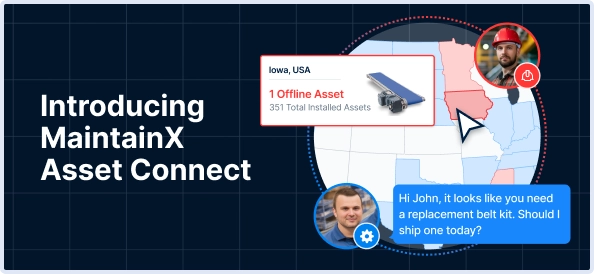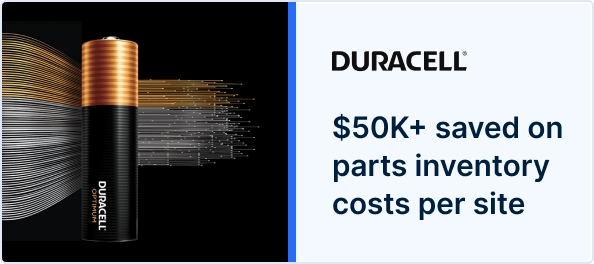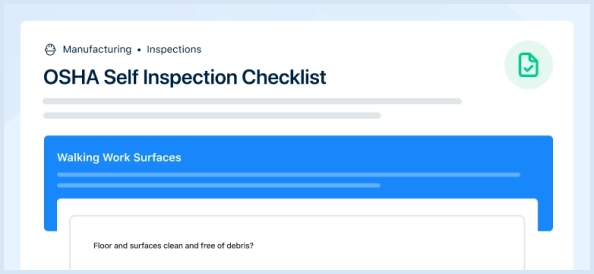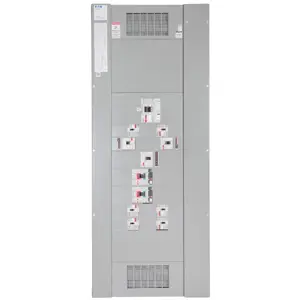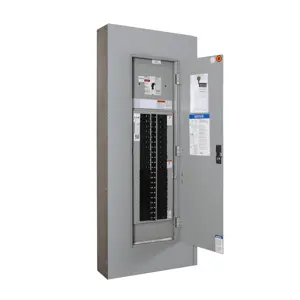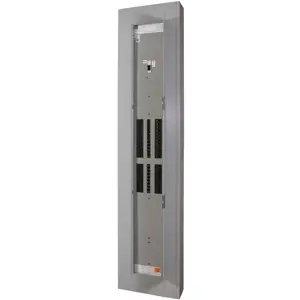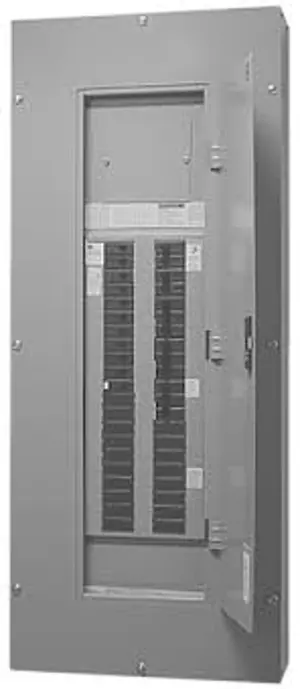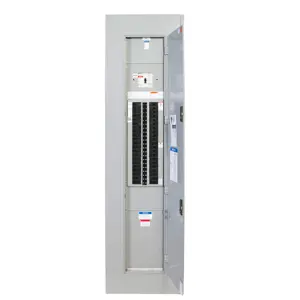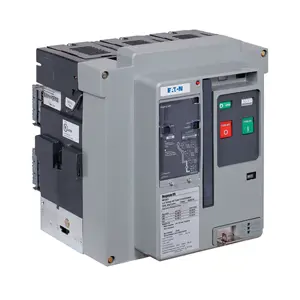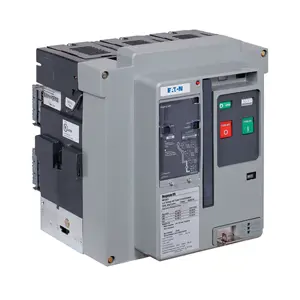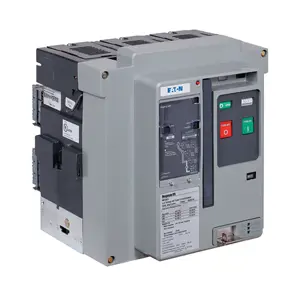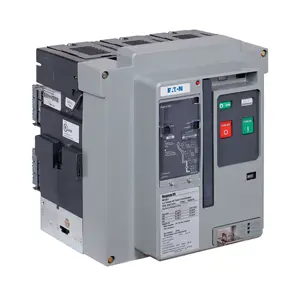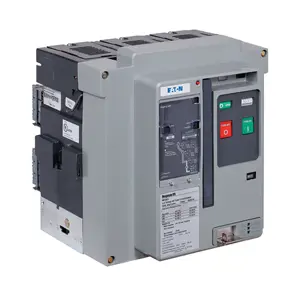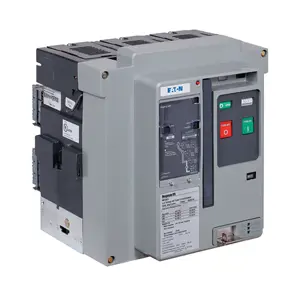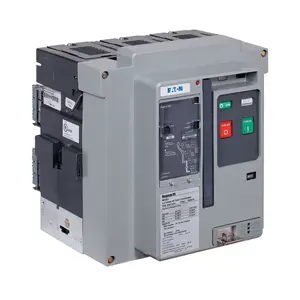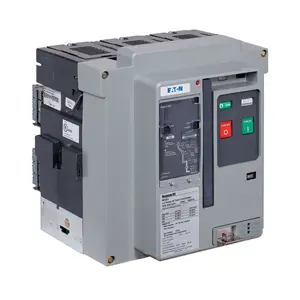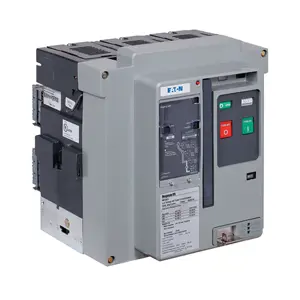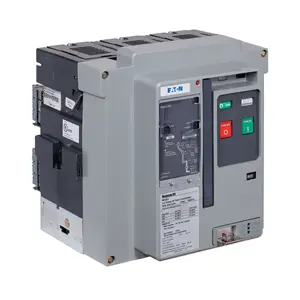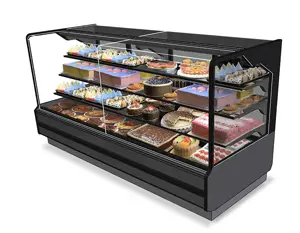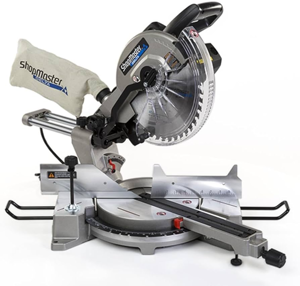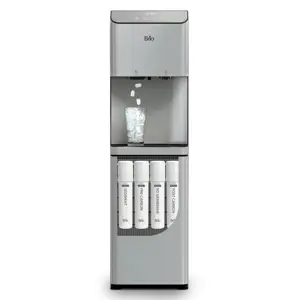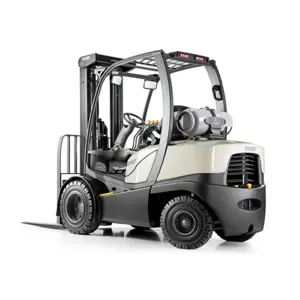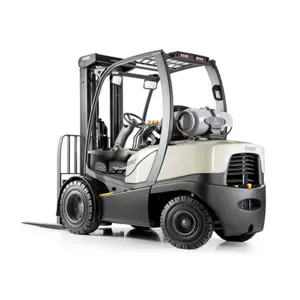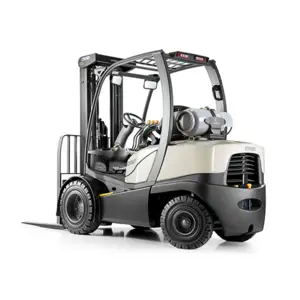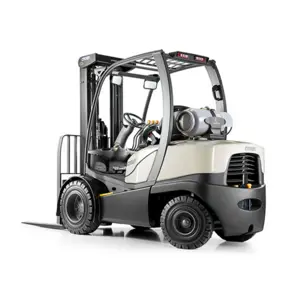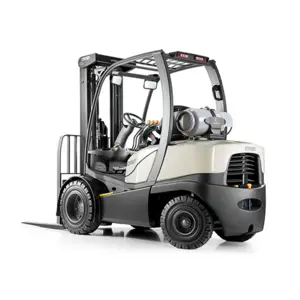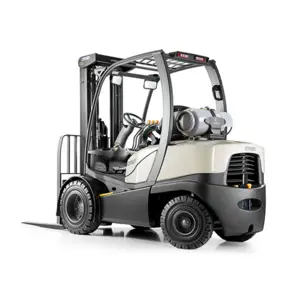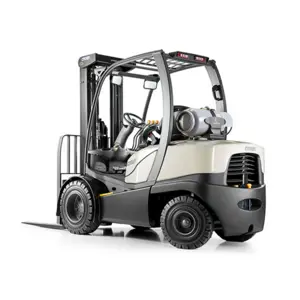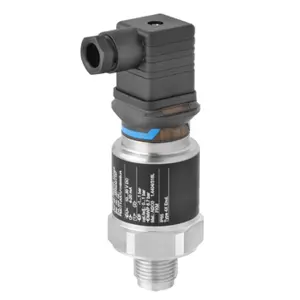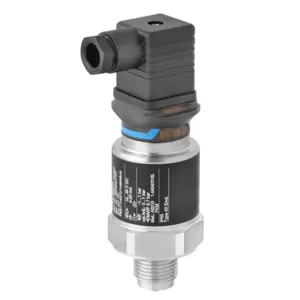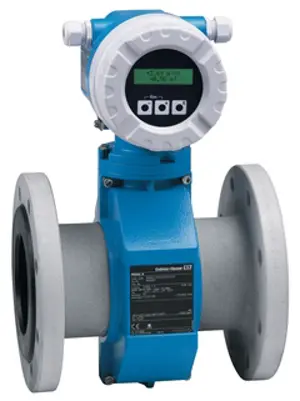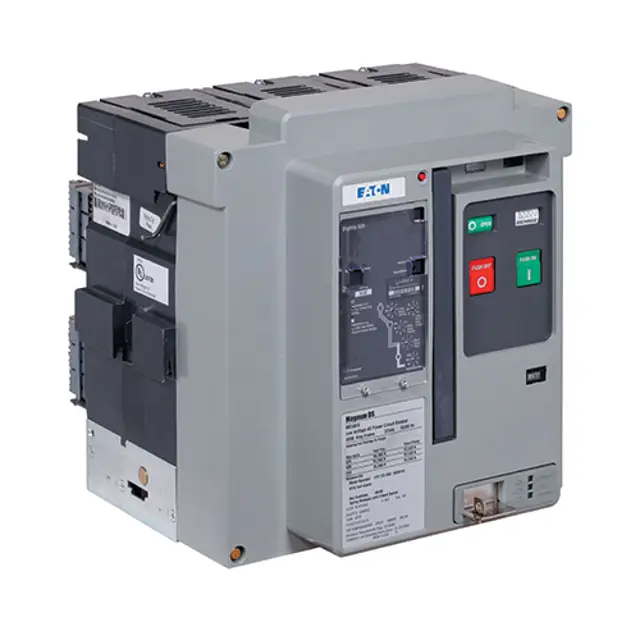

The Eaton Power Circuit Breaker MDS-408 is a robust and reliable circuit protection device designed for industrial applications. Known for its superior performance and durability, this model ensures optimal safety and efficiency in electrical systems, making it a vital component for any industrial setup.
Turn manuals into instant answers
with your AI-powered assistantTurn manuals into instant answers
with your AI-powered assistant
Manual for Eaton Power Circuit Breaker MDS-408
Complete asset maintenance, one click away
Get instant access to all the maintenance information you need. Empower technicians to perform preventive maintenance with asset packages, ready to use right out of the box.
Documents & Manuals
Find all the essential guides in one place.
Tensioning Guide
Belt-diagram
C-120 pulleys
+ 13 more
Work Order Templates
Pre-built workflows to keep your asset running smoothly.
Daily Electrical System Inspection
Replace Roller and Pulley
Install Engine B-120
+ 29 more
Procedures
Integrate maintenance plans directly into your work orders.
Motion Industries
Applied Industrial Technologies
Electrical Brothers
+ 5 more
Parts
Access the parts list for your equipment in MaintainX.
Drive Motor
B2 Rollers
Tensioning System
+ 40 more

Eaton Power Circuit Breaker MDS-408
Create an account to install this asset package.
Maintenance Plans for Eaton Power Circuit Breaker Model MDS-408
Integrate maintenance plans directly into your work orders in MaintainX.
3 Yearly Internal Mechanism Inspection
Pre-inspection conditions
Device (Fixed): Position of Poles
Device (Fixed): Mechanism
Device (Fixed): Device Position in Cassette
Device (Drawout): Position of Poles
Device (Drawout): Mechanism
Device (Drawout): Device Position in Cassette
Procedure
Inspect the breaker for nicked wires, cracks in plastic parts, and loose screws
Secondary Connection Inspection
Pre-Inspection Conditions:
Device (Fixed): Position of Poles: Open, Mechanism: Discharged, Device Position in Cassette: -.
Device (Drawout): Position of Poles: Open, Mechanism: Discharged, Device Position in Cassette: Removed.
Procedure:
Breaker:
1. Remove the breaker cover.
2. With breaker removed from cell, verify that the breaker secondary disconnect pins are fully seated and locked into position by lightly pulling on each wire individually.
Note: Do not exceed 1 lb of force or damage to pin or housing may occur.
3. Ensure all pins are straight without bends, corrosion, or show evidence of arcing.
1 Yearly Primary Contact Inspection
Pre-inspection conditions: Device (Fixed): Position of Poles: Open, Mechanism: Discharged, Device Position in Cassette: -. Device (Drawout): Position of Poles: Open, Mechanism: Discharged, Device Position in Cassette: Removed.
Note: Using the mating line of the housing halves as a reference guide will assist in this visual inspection.
Remove the arc chutes, look directly down into the arc chamber (Figure 98), and visually inspect each primary contact structure for signs of wear and/or damage.
Use the contact wear indicator to inspect each contact The contact wear indicator is the relative position of the individual contact fingers to a narrow, side-to-side ledge inside the arc chamber The ledge is actually part of the arc chamber When the circuit breaker is closed and the contacts are in good condition, the narrow ledge is covered by the back end of each of the contact fingers (Figure 99) If the back end of any of the contacts are below the ledge, the contact assembly should be replaced.
Once the inspection is complete, be sure to verify the arc chutes are properly replaced as previously described in the Arc Chute Inspection procedure.
WARNING: ARC CHUTES MUST BE SECURED PROPERLY IN PLACE BEFORE A CIRCUIT BREAKER IS INSTALLED IN A CIRCUIT BREAKER COMPARTMENT. FAILURE TO DO THIS COULD RESULT IN EQUIPMENT DAMAGE, BODILY INJURY, OR EVEN DEATH.
Sign off on the inspection
Primary Disconnect Inspection
(Drawout Applications Only)
Pre-Inspection Conditions:
Device (Fixed): Position of Poles: Open, Mechanism: Discharged, Device Position in Cassette: -.
Device (Drawout): Position of Poles: Open, Mechanism: Discharged, Device Position in Cassette: Removed.
Procedure:
For Magnum Breakers with Vertically Mounted Primary Disconnects:
1. With breaker removed from cell, verify that vertical adapter nuts and bolts are torqued to 37–43 lb-ft.
For All Magnum Breakers Primary Disconnects:
1. Remove the primary disconnect.
Manual Operation Functional Testing
Charge the breaker mechanism springs either using the charging handle or the motor operator
Press the ON pushbutton to close the breaker manually and verify closing by noting the state of the indicating flag
Charge the breaker mechanism springs either using the charging handle or the motor operator. If using the motor operator, disconnect power to it to prevent automatic recharging
Press the OFF pushbutton to manually open the breaker
Press the ON pushbutton to manually close the breaker. Is the breaker closed?
Press the OFF pushbutton to manually open the breaker. Is the breaker open?
Note: Repeat this entire described test procedure three times
Sign off on the manual operation functional testing
Unlock efficiency
with MaintainX CoPilot
MaintainX CoPilot is your expert colleague, on call 24/7, helping your team find the answers they need to keep equipment running.
Reduce Unplanned Downtime
Ensure your team follows consistent procedures to minimize equipment failures and costly delays.
Maximize Asset Availability
Keep your assets running longer and more reliably, with standardized maintenance workflows from OEM manuals.
Lower Maintenance Costs
Turn any technician into an expert to streamline operations, maintain more assets, and reduce overall costs.
Thousands of companies manage their assets with MaintainX














